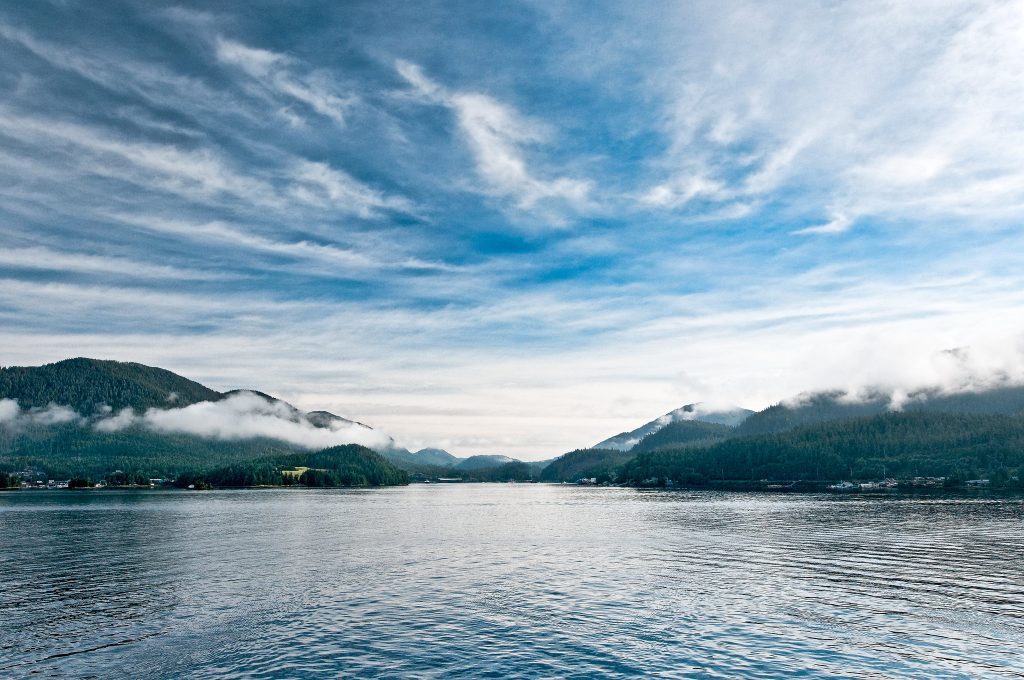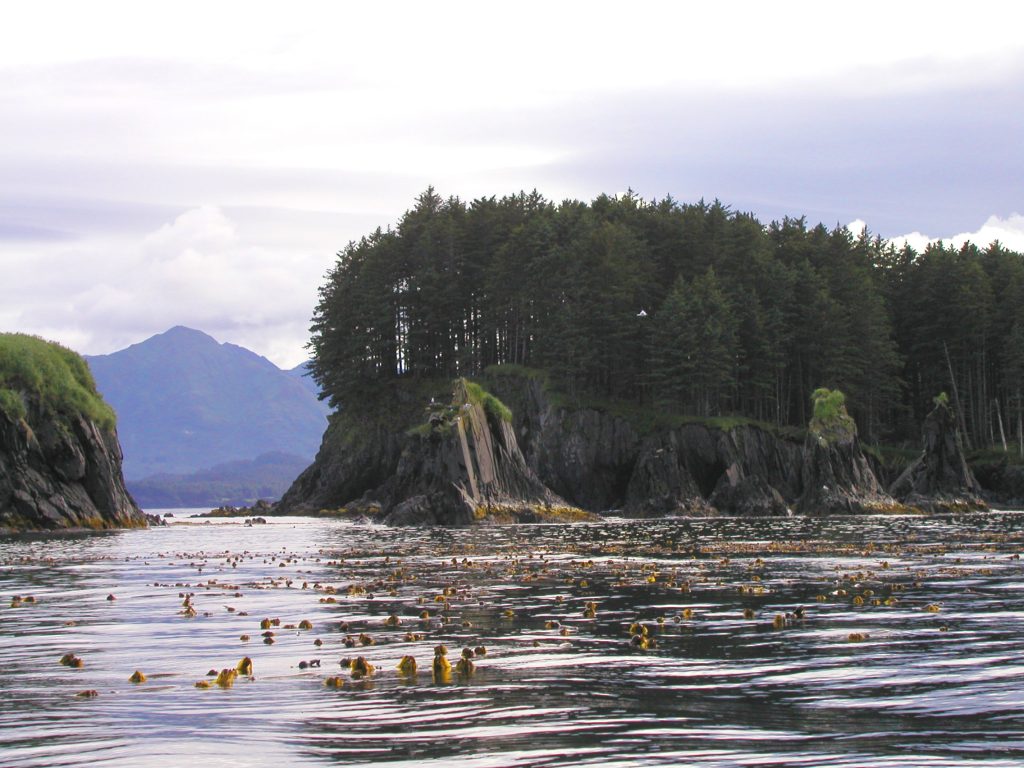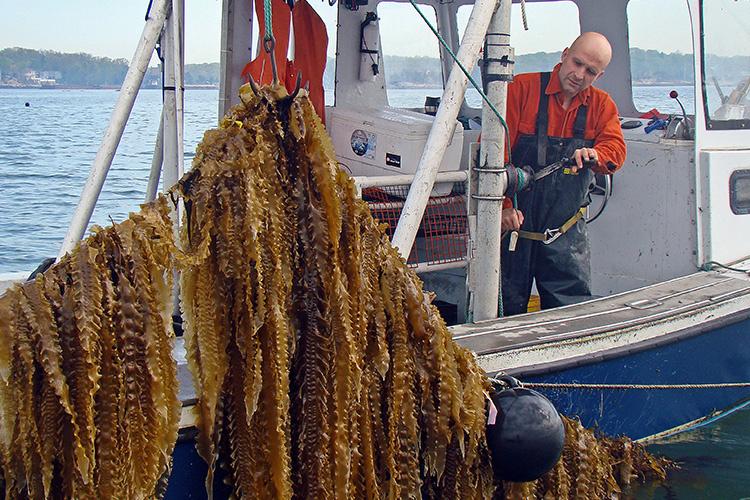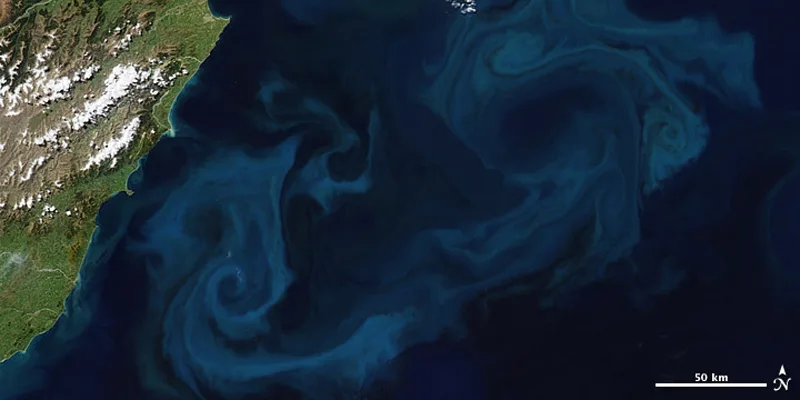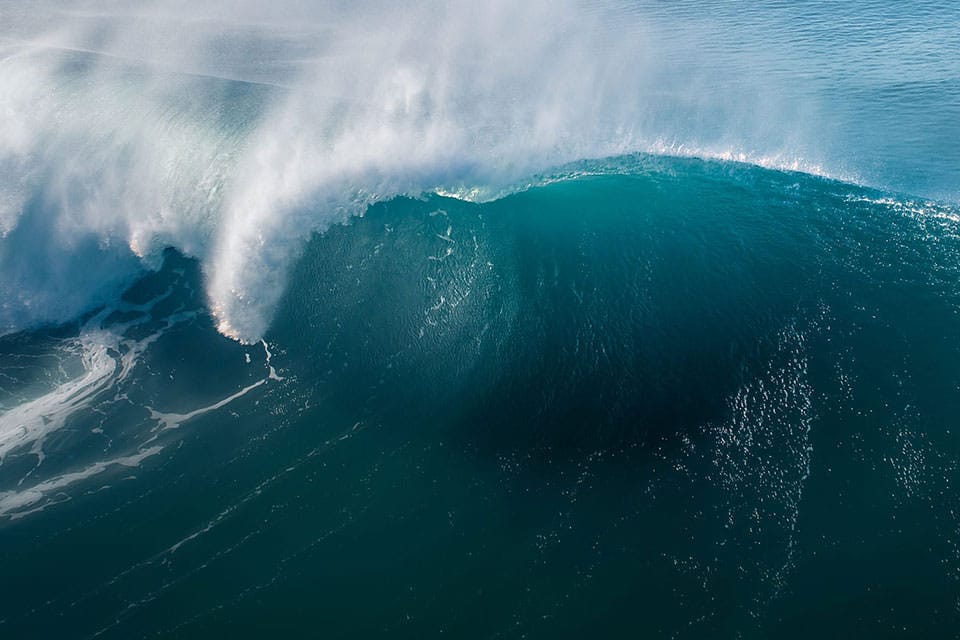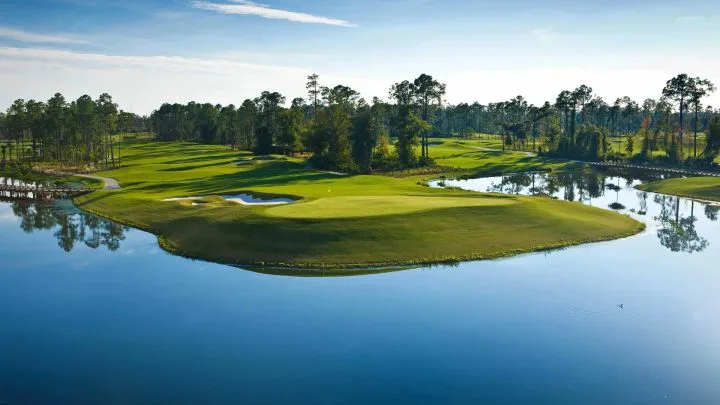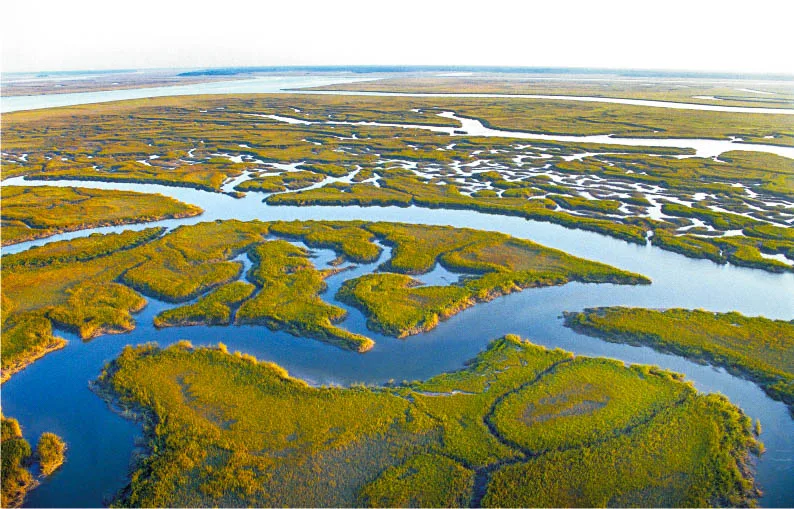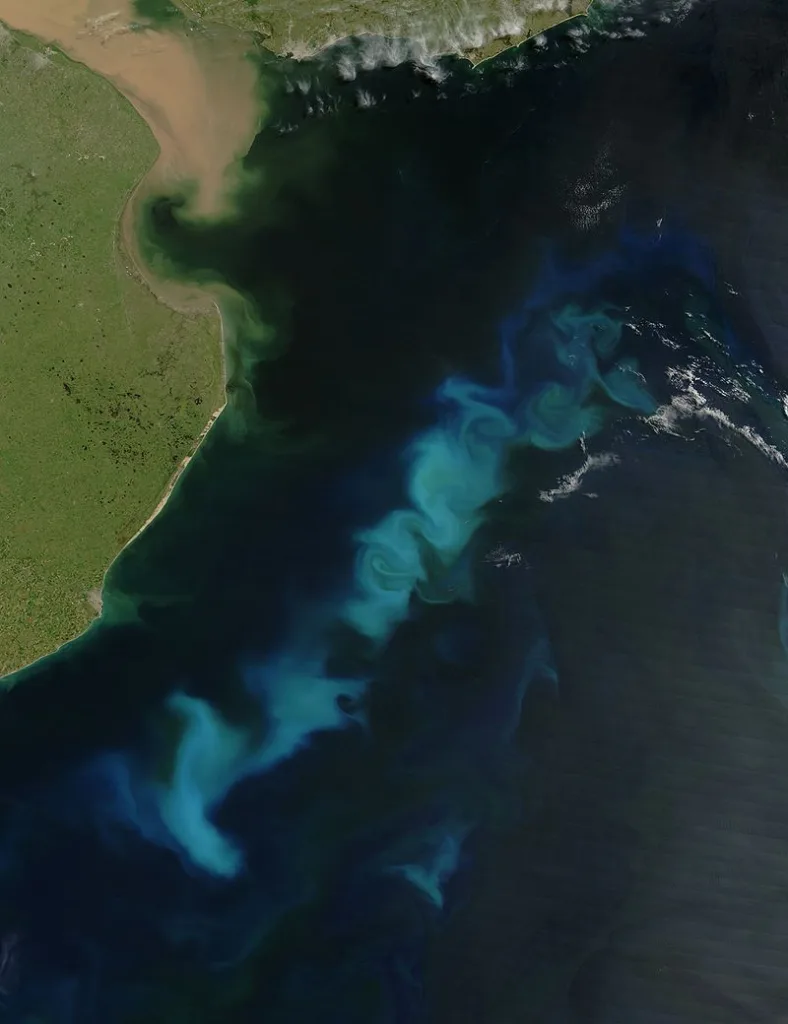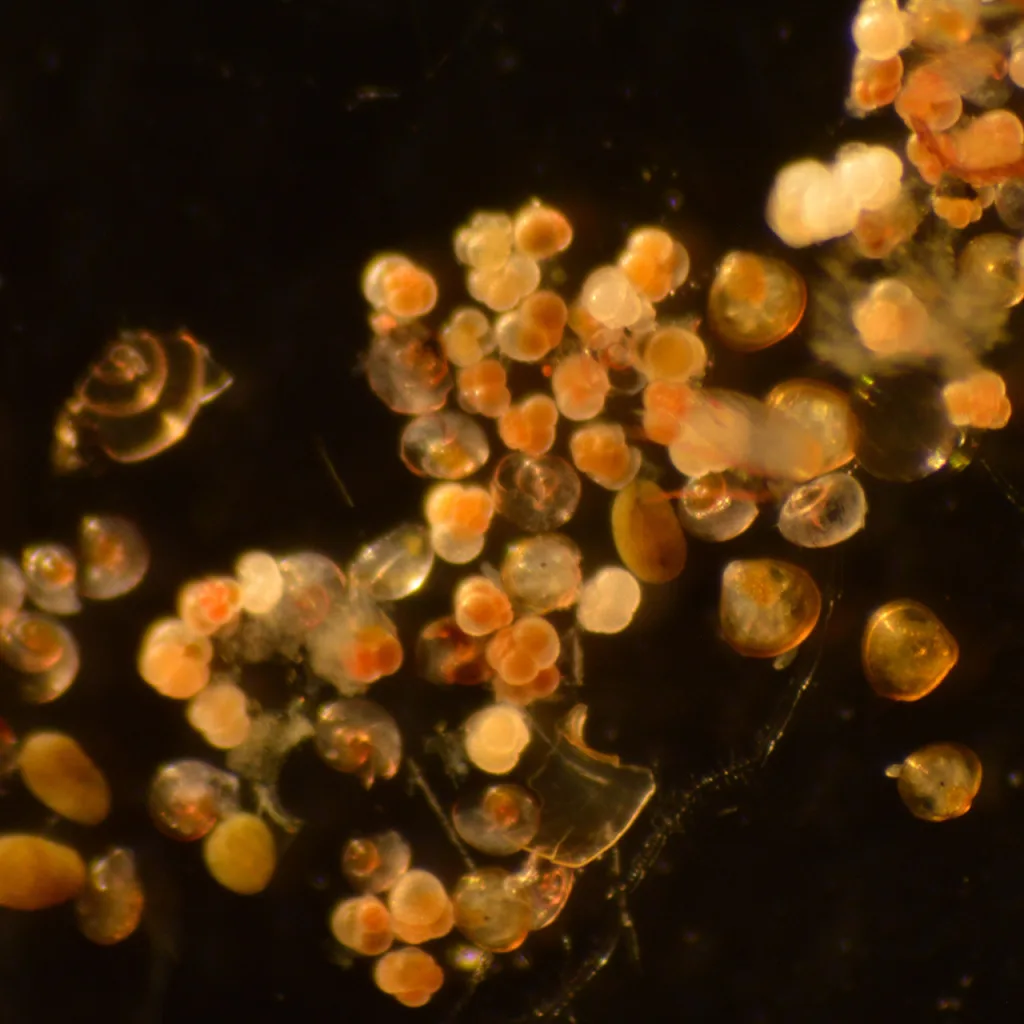Building Capacity for Alaskan Tribes
Why we care:Alaskan Native communities rely on healthy marine ecosystems for work, sustenance and their way of life. Ocean acidification has documented impacts to marine life and these communities. An important step is assessing the vulnerability of Native Alaskan communities to ocean acidification impacts and developing adaptation strategies for future conditions. NOAA Ocean Acidification supports […]
Building Capacity for Alaskan Tribes Read More »
